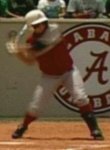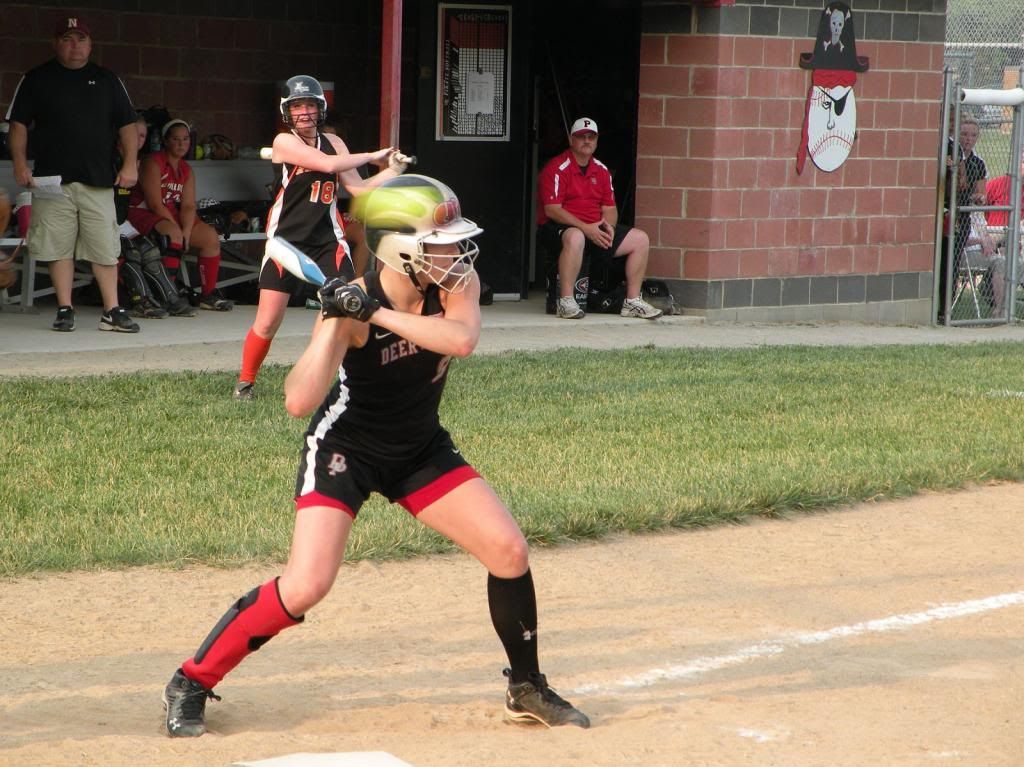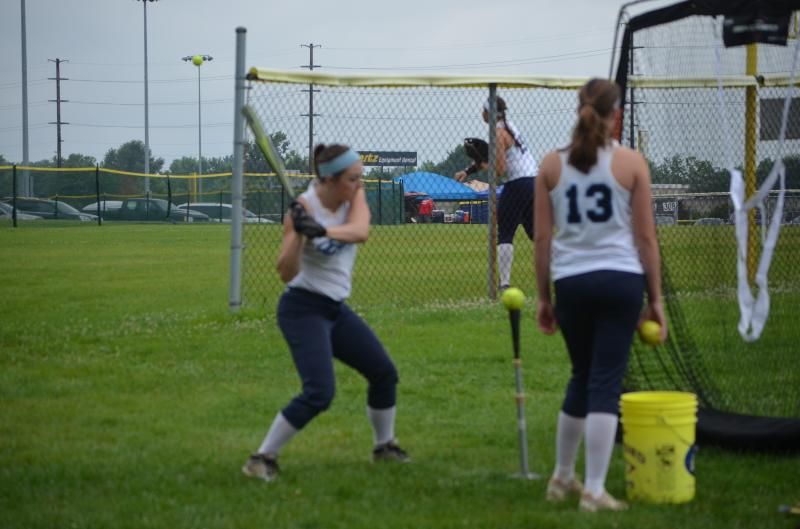FiveFrameSwing
Banned

This pass through position is popularly embraced by several hitting systems ... but with different names.
- The RVP system refers to it as the "Connection Point" position.
- Mankin refers to it as the "Power-V" position.
- Emanski refers to it as the "Explosion Point" position.
- HI refers to it as the "Swearing In Position".
- Yeager refers to it as "Down through the nipple".
- Tewks refers to it as the "Truth Position".
- Epstein refers to it as the "Torque Position".
Which question does this post answer?
Must a post answer a question?
Have you answered all the questions I’ve asked you? The answer is “no” by the way.
Passing through this position is considered highly important to some. Tewks even called it the “Truth Position” … as he saw it as representing the moment of truth.
Hard to believe that someone can be this far into hitting …. Even follow HI where it is known as the “Swearing In Position”, and yet freshly discover the position years later. But that’s how important this position is when you finally feel it’s value … and hence his name … the “Truth Position”.
I recall hearing how Emanski discovered this position. He thought he had re-invented hitting with this discovery. Truth is … it had already been discovered …. But it was new to him. He called it the “Explosion Position” … because he felt passing through this position led to “explosive” hitting. That was his way of suggesting it was “powerful”.
Mankin didn’t mince words … he simply called it the “Power Vee Position” … noting both the upright “Vee” and attributing the passage to “Power”.
Yeager saw its value in terms of “hand path”.
Epstein saw it as a position in which the body was “torqued” … and leading to “power”.
The RVP Connection term is basically that passing through this position gives “additive” power.
So ask yourself …. Why have so many people independently discovered the value of this position? Are they all wrong?









